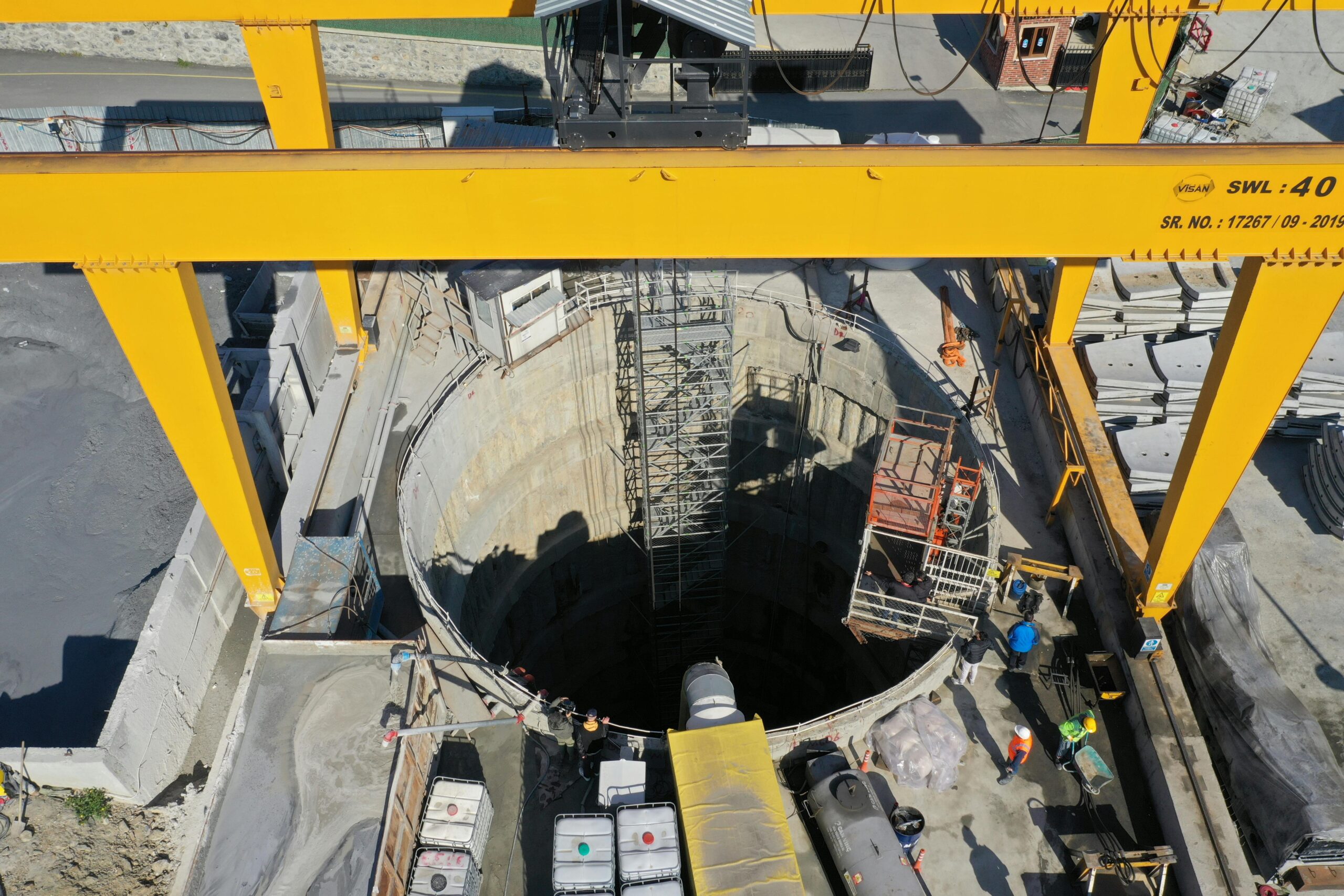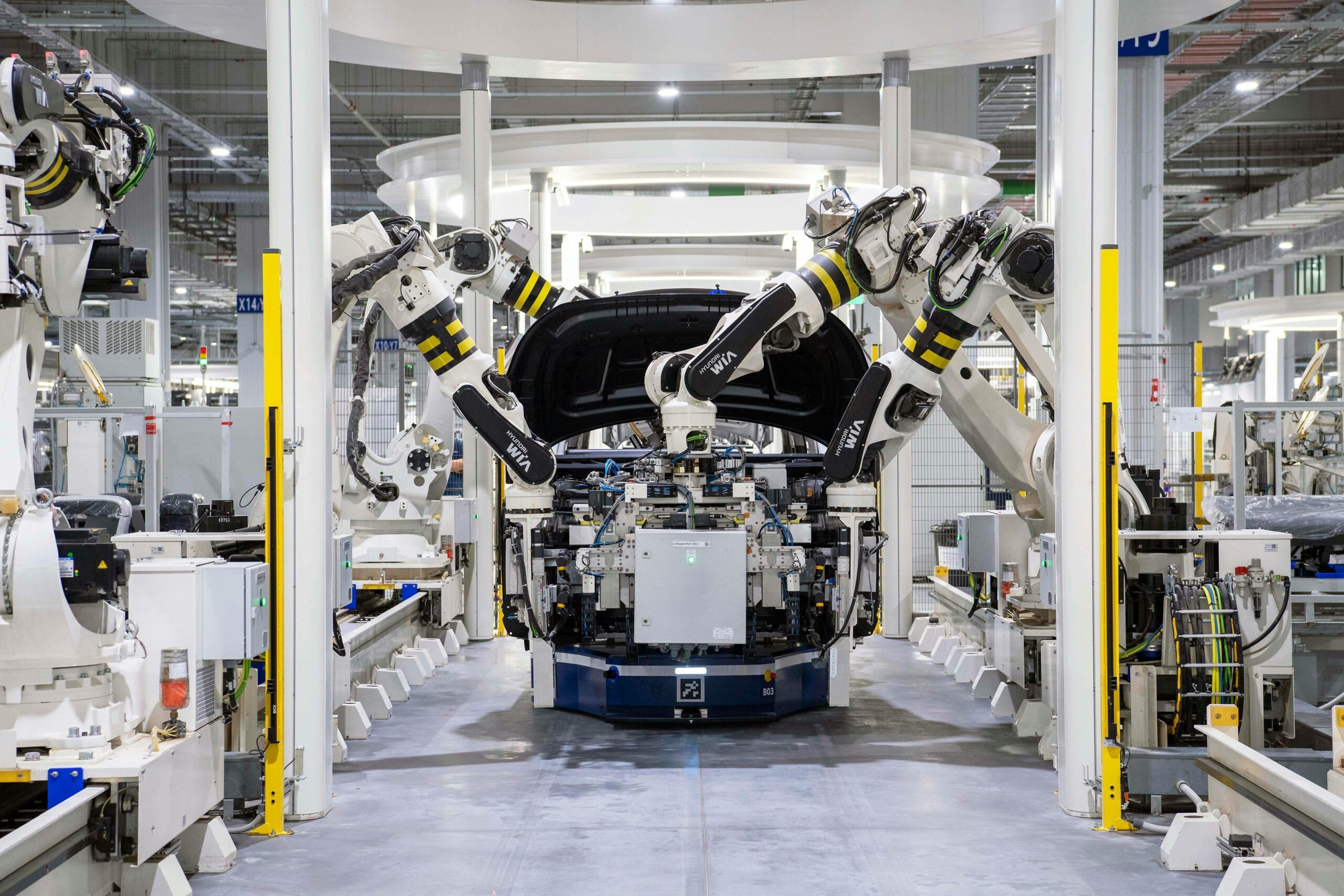Engineering & Manufacturing
Engineering and manufacturing are foundational to modern industry, covering everything from infrastructure and machinery to electronics and automated systems. These sectors rely heavily on technical documentation to support design accuracy, production efficiency, and safety compliance. Each subfield — civil, mechanical, electrical, automotive, or industrial automation — follows established standards that require clear, consistent communication to function effectively across global supply chains.







